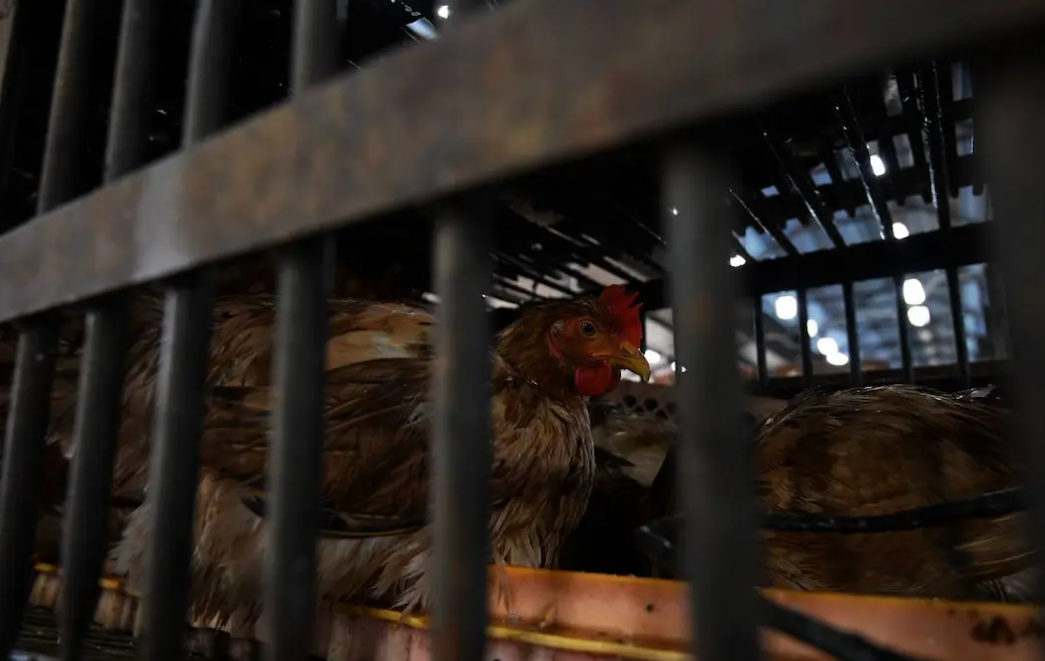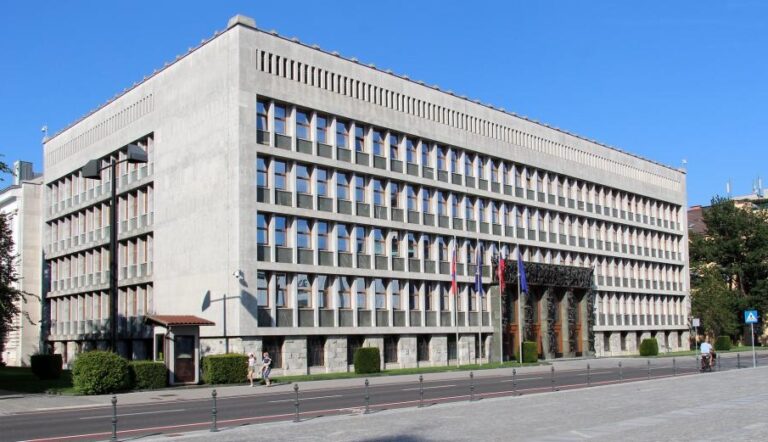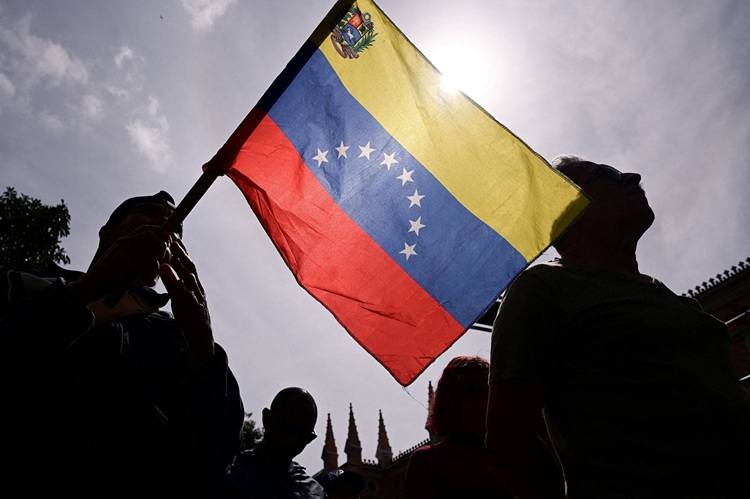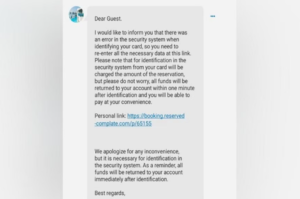In Malaysia, change was on the horizon. The government had decided to take a bold step in the world of poultry by ending subsidies and price controls on chicken, commencing from November 1st. The decision, although met with mixed emotions, was aimed at aligning with the current supply trends and stabilizing prices. Datuk Seri Mohamad Sabu, the Agriculture and Food Security Minister, explained the rationale behind this move in a press conference.
“In line with the approach of retargeting subsidies in phases, the government has agreed that subsidies and price controls for chicken only will be fully terminated starting Nov 1. The rationale for ending subsidies in bulk for chicken is to reduce the leakage of subsidies, which at this point are also enjoyed by foreigners and high-income groups,” he asserted.
At the heart of this decision was the desire to ensure that Malaysians had access to affordable chicken, without excessive reliance on government aid. The current ceiling price for a standard processed chicken was RM9.40 per kilogram, and the government was committed to maintaining reasonable prices even after the subsidies were lifted.
Mr. Mohamad assured the public that the Ministry of Agriculture and Food Security would keep a close eye on chicken prices. Collaboration with the Ministry of Domestic Trade and Cost of Living was paramount to ensure that poultry would continue to be sold at a reasonable rate. He also announced the expansion of government programs like Jualan Rahmah and Madani Agro Sales, which were launched to alleviate the impact of the high cost of living on the people.
Jualan Rahmah offered various food items, including eggs and cooking oil, at prices lower than market rates. Madani Agro Sales allowed farmers and fishermen to sell their products directly to consumers, helping regulate prices and supporting the livelihoods of producers.
To further ease public concerns, Mr. Mohamad emphasized that industry players had committed not to significantly raise chicken prices. He urged the public not to engage in panic buying, as increased demand could contribute to price hikes.
In a move to ensure a steady supply, Mr. Mohamad announced, “We will be on standby, if necessary, to import chicken immediately.” He acknowledged that this measure was essential to maintain food security and prevent any unwarranted price spikes.
The Agriculture and Food Security Minister also assured the public that subsidies and price controls for grade A, B, and C eggs would remain according to the existing mechanism. This alleviated some of the concerns about egg prices.
“If the subsidies are lifted, the price of an egg will increase by around 10 sen,” he stated. The retail ceiling price for grade A eggs was set at 45 sen, grade B at 43 sen, and grade C at 41 sen. “Consumers will often purchase a tray of eggs (usually containing 30 eggs), and it will mean an increase of RM3 at this time,” he added.
The decision to end subsidies for chicken and adjust the egg subsidies was driven by an economic imperative. Since February 2022, the government had borne the cost of RM3.8 billion in egg and chicken subsidies. The recent announcement was in line with Prime Minister Anwar Ibrahim’s plans to lift subsidies for eggs and chicken as supplies had stabilized and retail prices were falling below ceiling prices, as announced on October 13.
While the decision to lift subsidies was met with apprehension by some, Malaysian research house MIDF Research provided a more optimistic perspective. They did not expect the market price of chickens to increase substantially and considered the removal of price controls and subsidies a positive development for chicken producers. This change gave producers the flexibility to adjust prices based on market supply and demand dynamics, as well as the ability to pass on increased production costs to consumers.
As the nation embarked on this new chapter in poultry, Malaysians hoped for a smooth transition and affordable access to this staple food. The government’s commitment to monitoring prices and maintaining reasonable rates brought a glimmer of hope to consumers, while the poultry industry embraced the opportunity to thrive in a more competitive environment.
(Source: Malay Mail | The Star)









